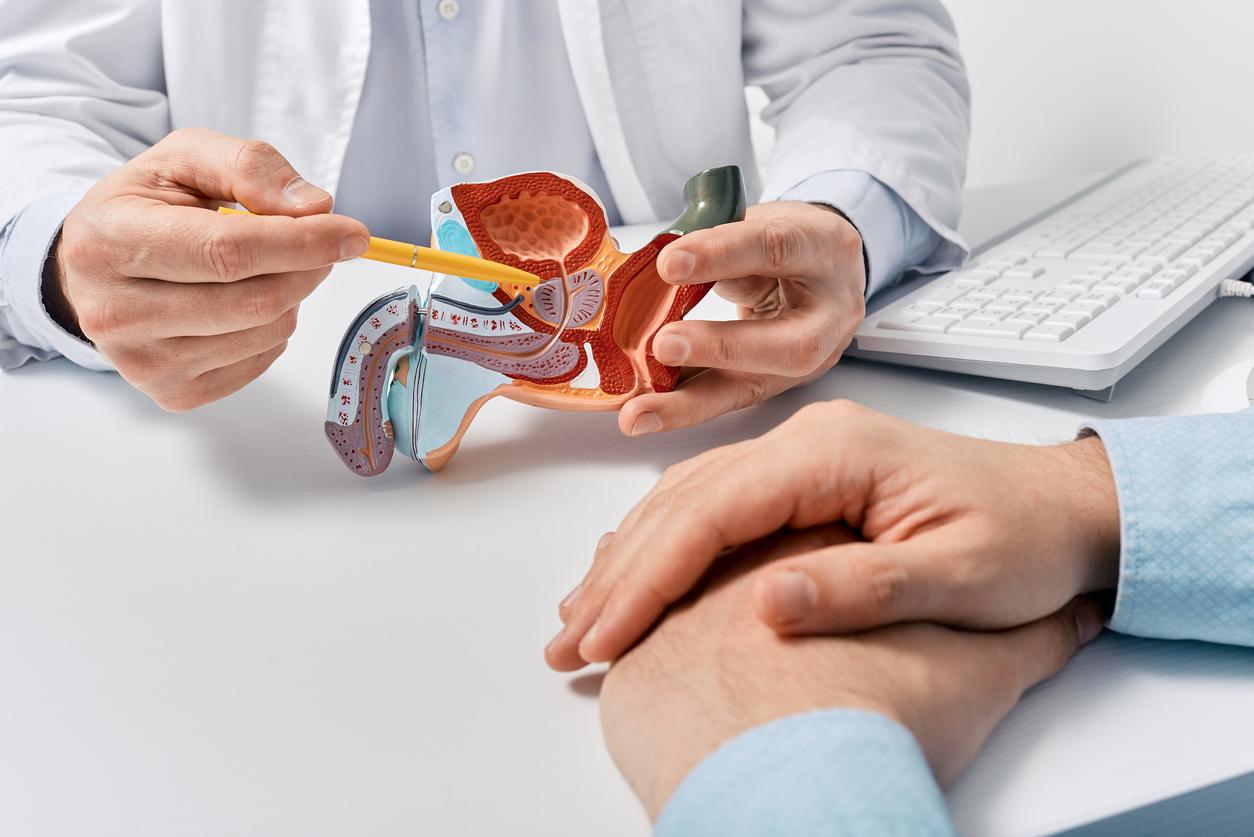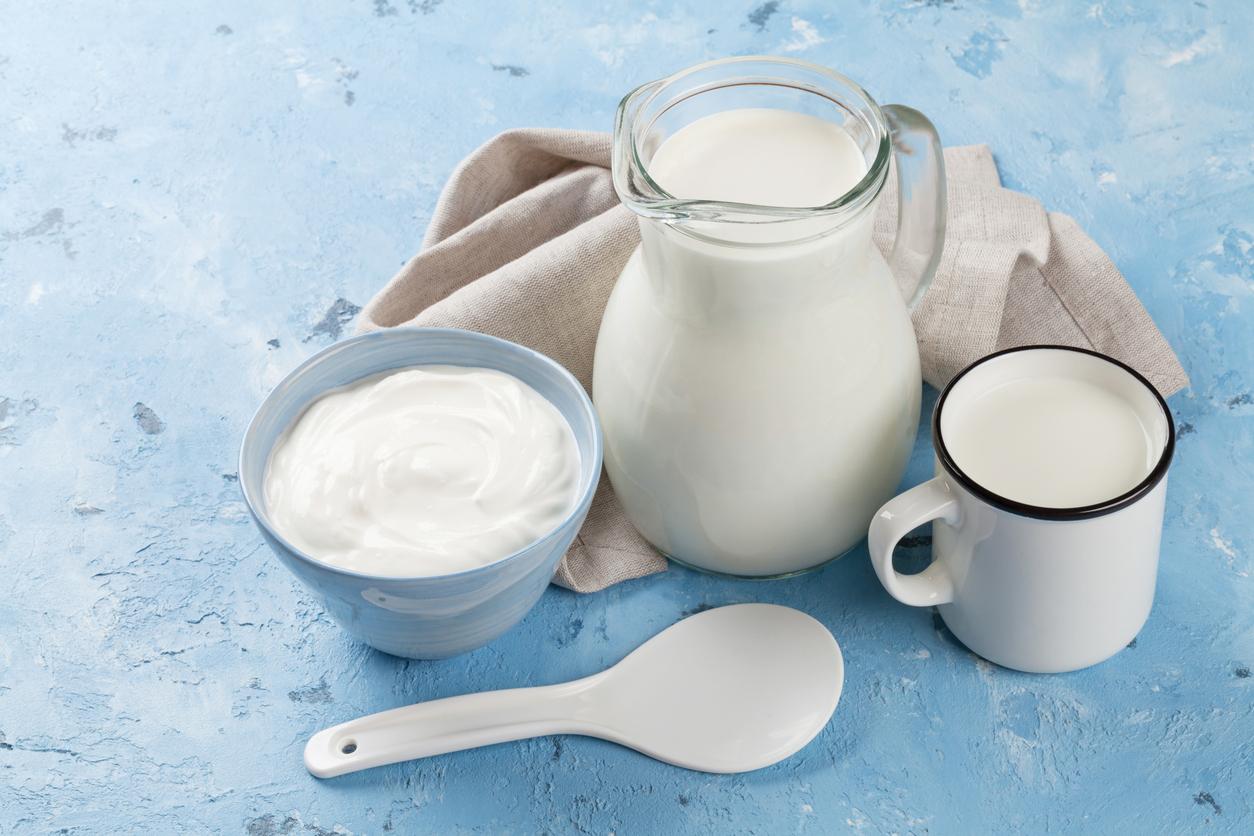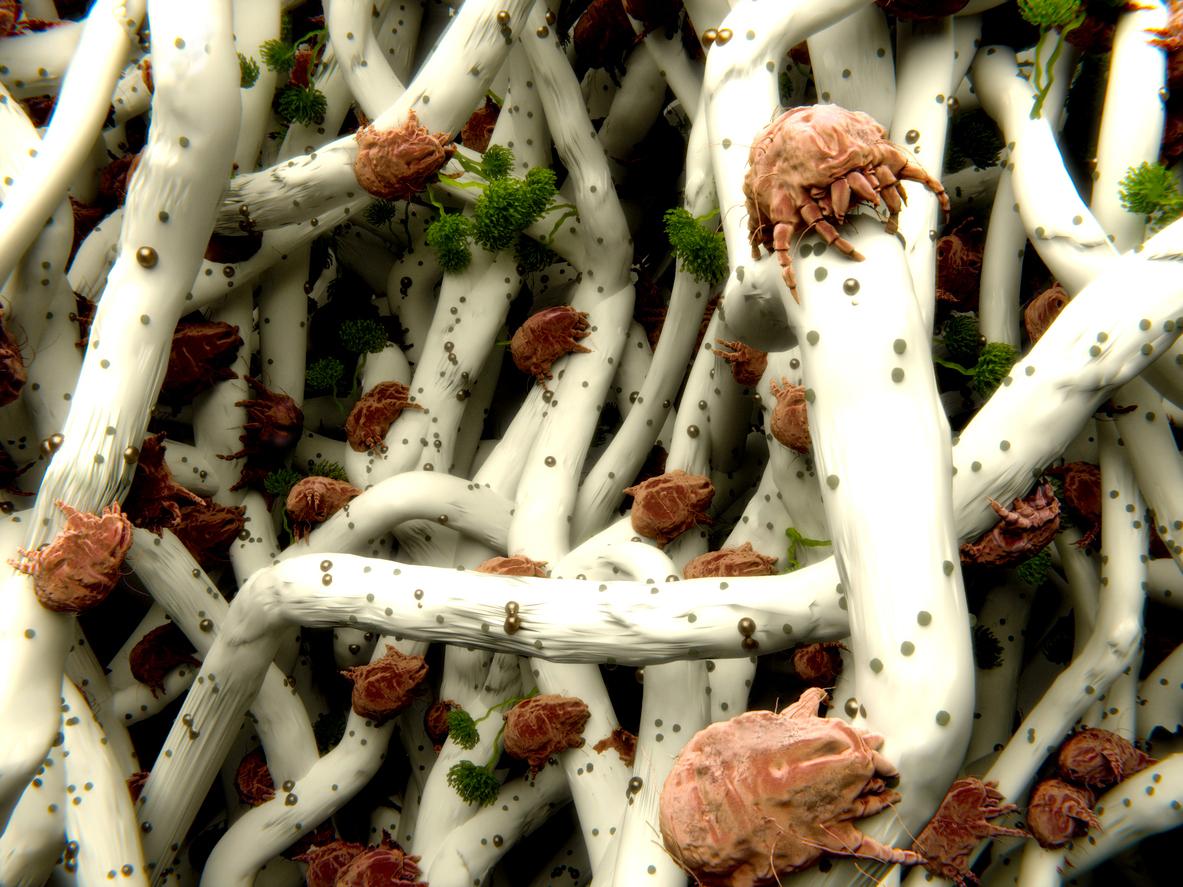Children and young adults with allergies or eczema and difficulty swallowing may have eosinophilic esophagitis.

- Eosinophilic esophagitis is a chronic inflammatory disease with increasing incidence and prevalence worldwide. The risk is highest in children aged 5 to 14 and adults aged 20 to 45.
- This pathology manifests itself as difficulty swallowing and food stuck in the esophagus in adolescents and adults.
- In children, the most common symptoms are abdominal pain, heartburn/reflux, decreased appetite, chronic cough, vomiting, or failure to thrive.
Eosinophilic esophagitis is a chronic inflammatory disease that damages the esophagus. In people with eosinophilic esophagitis, the lining of this long muscular tube, which carries food from the mouth to the stomach, becomes inflamed, which can cause damage and narrowing of the throat. Its incidence is increasing and rates are highest in North America and Europe. “It is unclear whether the increase in the number of detected cases is due to increased awareness or whether it reflects a true increase in disease in our communities,” declared researchers from the University of Calgary in Alberta (Canada).
Eosinophilic esophagitis: 75% of patients had at least one allergy
Although this condition can affect anyone, the risk is highest in children aged 5 to 14 and adults aged 20 to 45. The latter is three to four times more common in men than in women, according to a recent study published in the journal Canadian Medical Association Journal. In this work, the team reviewed recent data relating to eosinophilic esophagitis as well as recommendations regarding its management.
According to the results, difficulty swallowing and food stuck in the esophagus are the most common symptoms among adolescents and adults. As for children, they are more likely to experience abdominal pain, heartburn/reflux, decreased appetite, chronic cough, vomiting, or failure to thrive. Scientists found that 75% of patients had at least one atopic condition, such as food allergies, asthma or eczema.
Dietary changes, medications, esophageal dilation: a multifaceted approach
“The diagnosis of this chronic inflammatory disease is based on the patient’s history and four to six esophageal biopsies taken from at least two locations during a gastroscopy/endoscopy,” the team said. Regarding treatment, it is based on removing certain foods from your diet, taking medication “in conjunction with esophageal dilation as necessary to treat and prevent food obstructions.”
“Eating disorders can be difficult to differentiate from eosinophilic esophagitis because restrictive eating behaviors, including disgust with food, mealtime anxiety, and chewing problems, are a potential hallmark of both conditions. A detailed dietary history is essential to decipher what types of foods the patient is avoiding and why. Patients with eosinophilic esophagitis may avoid consuming meat and bread due to previous episodes of choking, while TCA patients may do so due to their caloric content”, said Milli Gupta and Michelle Grinman, lead authors of the study.

















